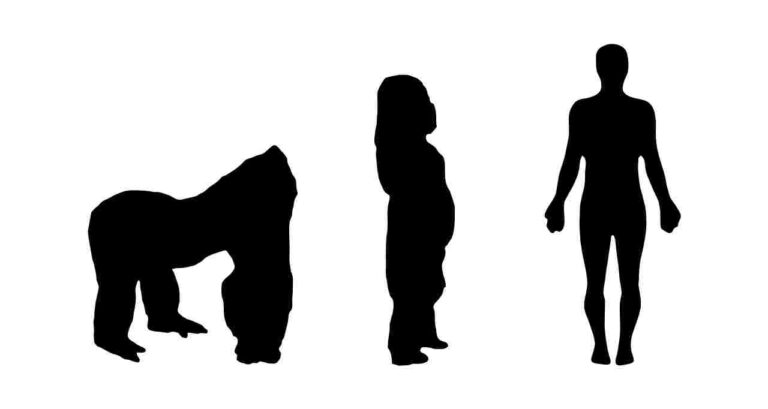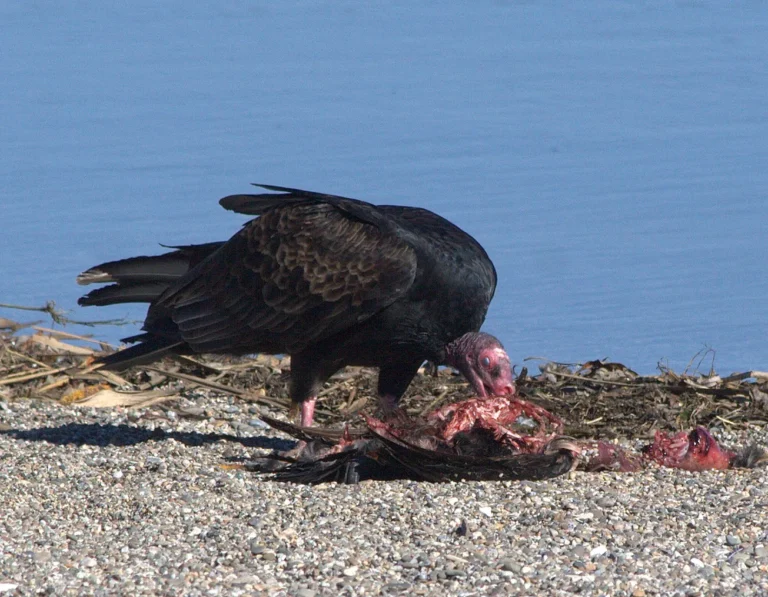Pangolin Vs Anteater Size, Weight, Appearance, Overall Comparison
Comparing the pangolin with the anteater reveals distinct features and dynamics in their evolutionary adaptations. While pangolins are equipped with protective scales and claws, the anteater holds an advantage in a potential confrontation. Tending to grow larger, heavier, stronger, more agile, and relatively assertive, the anteater showcases a dominance that surpasses the relatively timid nature of the pangolin.
I. Protective Scales and Claws of Pangolin:
– Pangolins are recognized for their protective scales and sharp claws, which serve as a defensive strategy against potential threats and predators. These adaptations are crucial elements of their survival mechanisms.
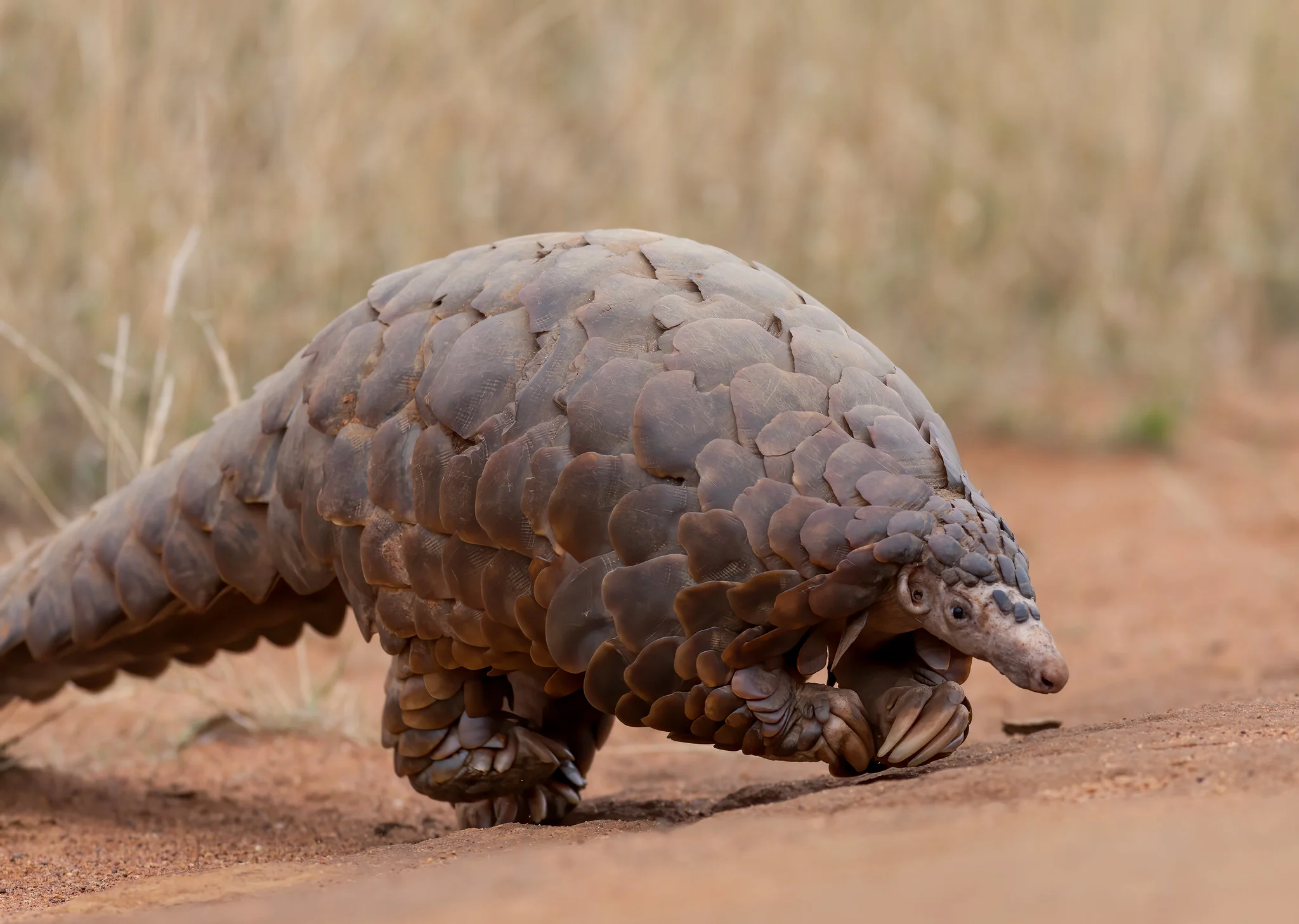
II. Pangolin vs Anteater Who Would Win: Advantages of the Anteater:
– Despite the pangolin’s defensive features, the anteater tends to grow larger, heavier, stronger, more agile, and notably more assertive. These advantages contribute to the anteater’s dominance in potential confrontations.
III. Size and Weight:
– The anteater’s tendency to grow larger and heavier provides it with a physical advantage over the pangolin. This size disparity plays a significant role in determining the outcome of a potential fight.
IV. Strength and Agility:
– The anteater’s greater strength and agility contribute to its overall physical prowess, enabling it to maneuver effectively in confrontational situations. These traits are essential in asserting dominance over the pangolin.
V. Assertiveness:
– The relatively timid nature of the pangolin contrasts with the notable assertiveness of the anteater. This assertive behavior further establishes the anteater’s dominance in competitive scenarios.
VI. Real-life Predator Dynamics:
– In a real-life encounter, the anteater’s combined attributes of size, weight, strength, agility, and assertiveness would likely give it an edge over the pangolin. This showcases the practical implications of their evolutionary adaptations in competitive situations.
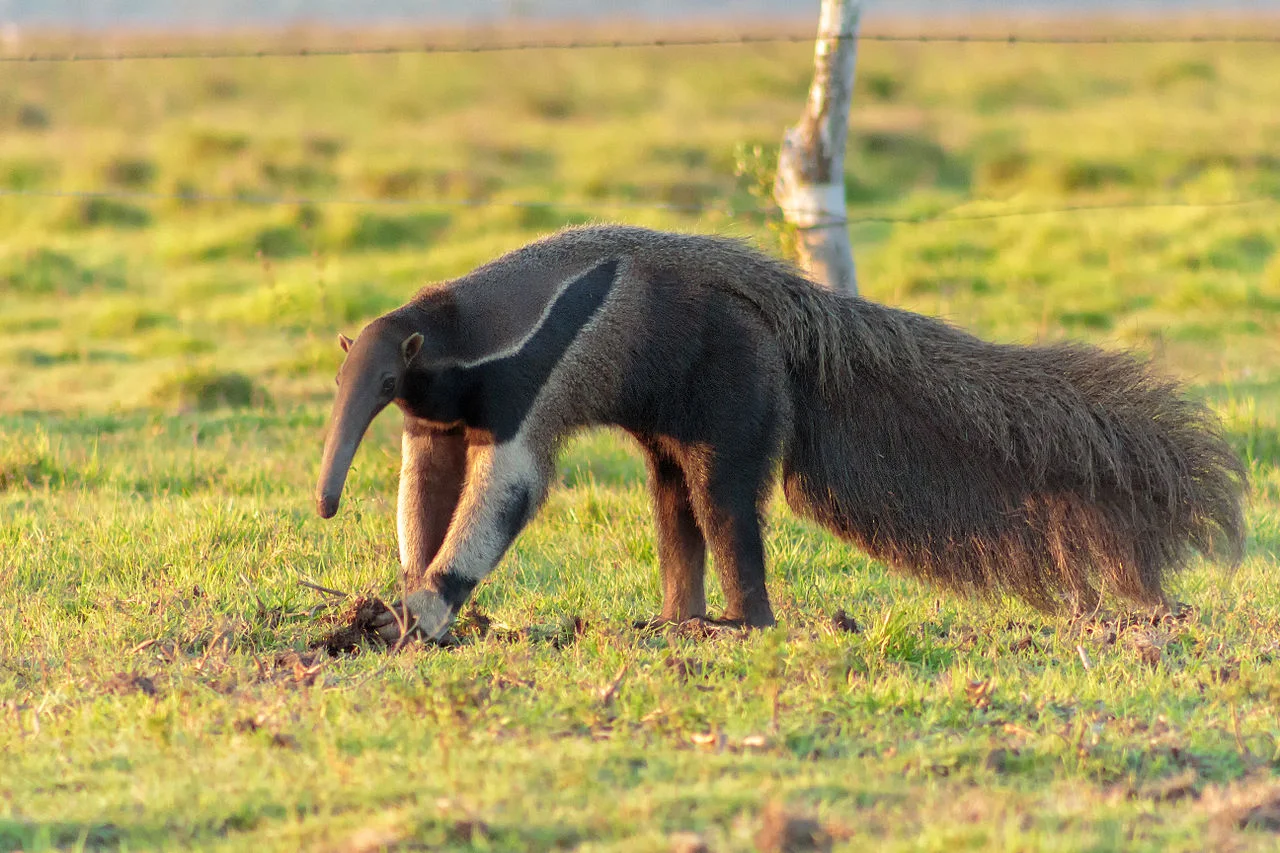
VII. Conservation Considerations:
– Recognizing the unique traits and potential conflicts between pangolins and anteaters emphasizes the need for tailored conservation strategies. Preserving the natural habitats of these distinct species contributes to the overall health and balance of ecosystems, safeguarding biodiversity in their respective regions.
*Details of Comparison
| Criteria | Pangolin | Anteater |
| Taxonomy | Order: Pholidota
Family: Manidae Genus: Manis |
Order: Pilosa
Suborder: Vermilingua
Family: Myrmecophagidae
|
| Appearance | Covered in keratinous scales, long and slender body |
Elongated snout, bushy tail, hairless body
|
| Size | Varies (30 to 100 cm) |
Giant anteaters can reach 1.8 to 2.2 meters
|
| Weight | 1 to 30 kg |
Giant anteaters weigh 27 to 41 kg
|
| Dentition | Lack teeth, specialized adaptations for feeding |
Lack teeth, specialized adaptations for feeding
|
| Physical Offensive Advantages | Powerful claws for digging into insect habitats |
Powerful claws for digging into insect habitats
|
| Physical Defensive Advantages | Rolls into a tight, armored ball; tough skin |
Relies on tough skin
|
| Speed | Relatively slow |
Can reach up to 30 mph
|
| Agility | Agile in climbing and swimming | Agile climbers |
| Senses | Relies on a keen sense of smell |
Relies on a keen sense of smell
|
| Overall Physical Capacity | Adaptable to various terrains |
Specialized for ground and tree movement
|
| Habitat Preference and Geographic Region | Found in Africa and Asia |
Found in Central and South America
|
| Tracks | Distinctive tracks with claw and tail imprints |
Distinctive tracks with claw imprints and tail marks
|
| Lifespan | Varies (12 to 20 years in the wild) |
Generally comparable
|
| Mode of Feeding | Insectivores with specialized adaptations |
Insectivores with specialized adaptations
|
| Intelligence | Limited data; considered to have basic problem-solving skills |
Considered more intelligent, but limited comprehensive studies
|
| Social Behavior | Generally solitary with limited social interactions |
Generally solitary with limited social interactions
|
| Mode of Reproduction | Typically solitary breeders with varied gestation periods |
Typically solitary breeders with a gestation period of about six months
|
| Parental Behavior | Limited parental care; mother cares for offspring until independent |
Female cares for the young, offspring often ride on the mother’s back
|
| Proximity to Human-Inhabited Areas | May inhabit areas close to human settlements |
May inhabit areas close to human settlements
|
| Behavior Toward Humans | Generally shy, may exhibit defensive behavior |
Generally shy, may exhibit defensive behavior
|
| Danger Posed to Humans | Generally non-aggressive; minimal danger |
Generally non-aggressive, but may pose a slightly higher threat if provoked
|
| Associated Precautions | Handle with care to avoid stress and risk of injury |
Caution recommended to avoid stress or defensive reactions
|
| Conservation Status | Most species listed as endangered or critically endangered | Various species have different conservation statuses |
Key Points
- Both pangolins and anteaters are insectivores with unique adaptations for feeding on ants and termites.
- Pangolins have protective scales and roll into a defensive ball; anteaters have distinctive snouts and tongues.
- Differences in appearance, behaviors, and conservation statuses emphasize the need for tailored conservation efforts.
- Conservation threats are generally higher for pangolins compared to anteaters.
- Both species exhibit caution and defensive behaviors when encountering humans.
1. Taxonomy:
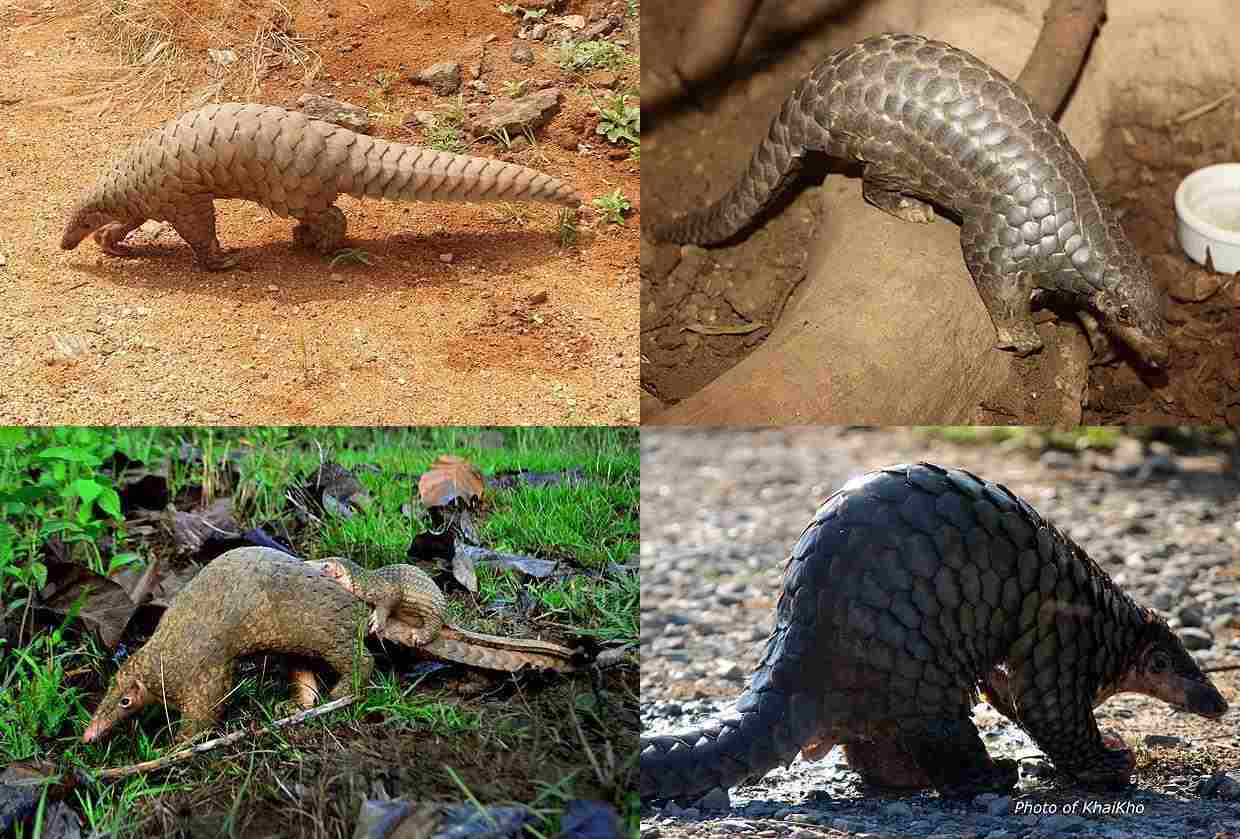
Pangolin:
Order: Pholidota
Family: Manidae
Genus: Manis
Species: Various (e.g., Manis javanica, Manis pentadactyla)
Anteater:
Order: Pilosa
Suborder: Vermilingua
Family: Myrmecophagidae
Genus: Various (e.g., Myrmecophaga, Tamandua)
Species: Various (e.g., Myrmecophaga tridactyla, Tamandua tetradactyla)
2. Appearance:
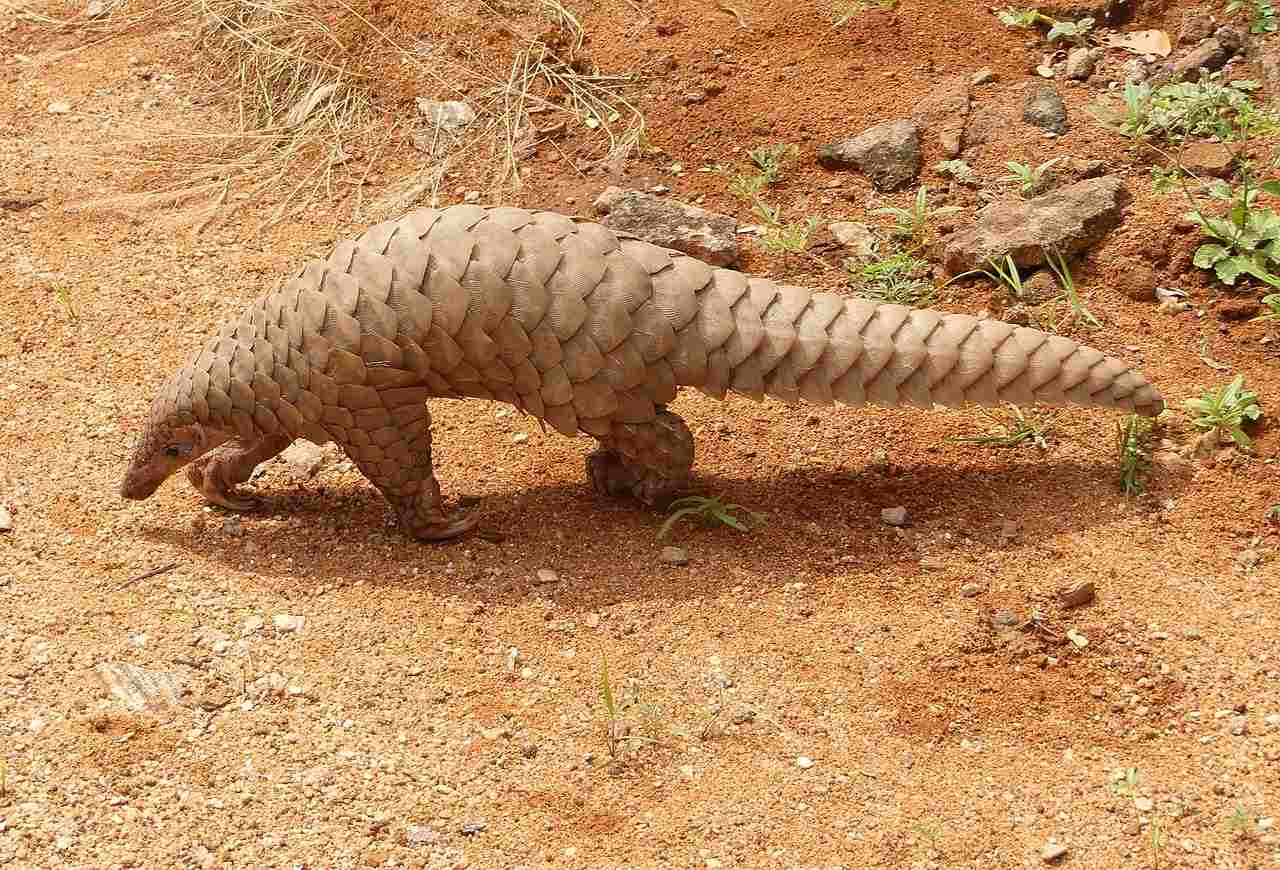
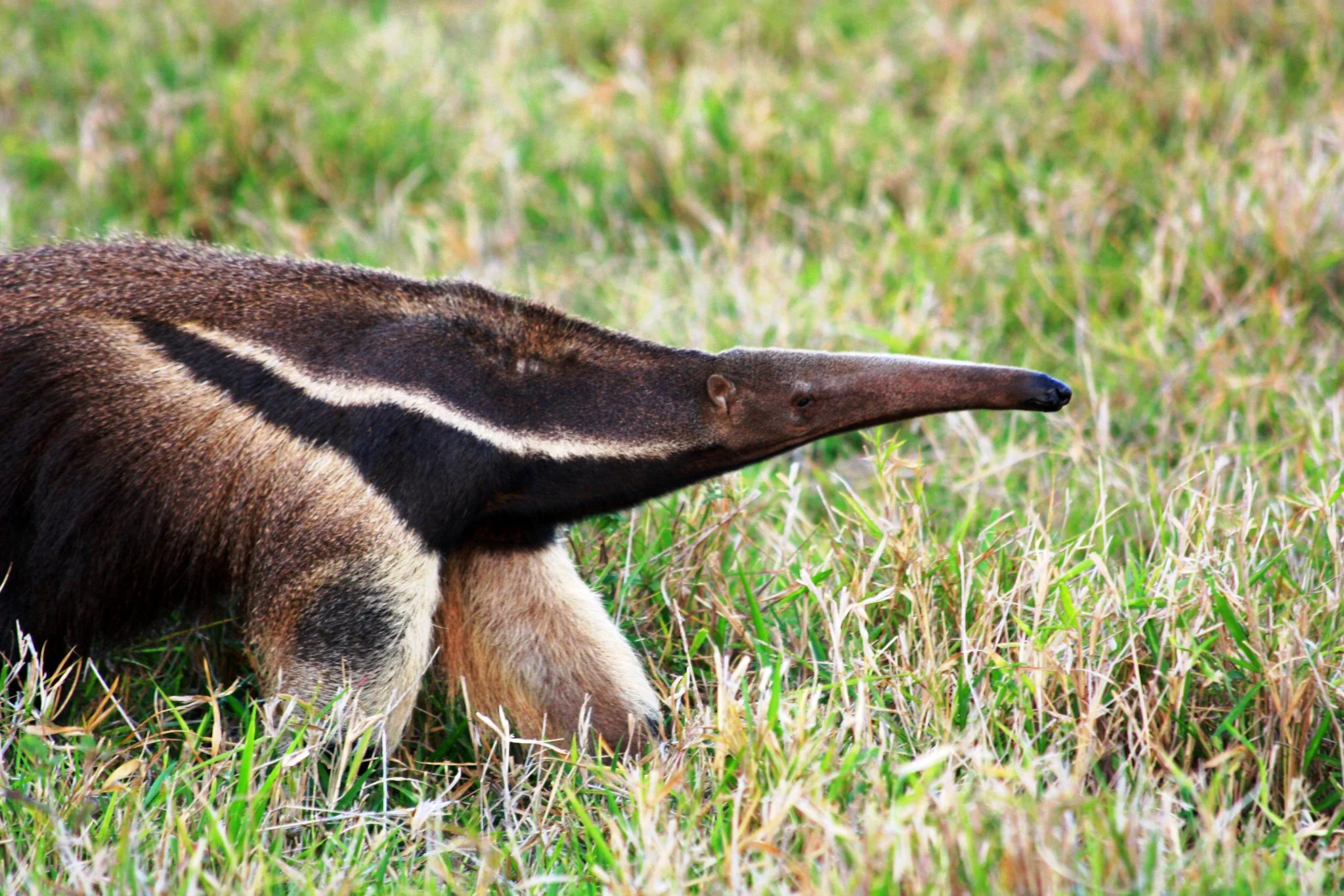
Pangolin:
Covered in overlapping, tough, keratinous scales.
Long, slender body with a tail; limbs equipped with sharp claws for digging.
Anteater:
Elongated snout and a bushy tail.
Hairless, with a distinctive tongue adapted for ant and termite extraction.
Comparison: Pangolins have protective armor-like scales, while anteaters showcase a unique snout and tongue for specialized feeding.
Ecological Implications: The pangolin’s scales serve as defense against predators, whereas the anteater’s specialized features enable efficient insect hunting, influencing their ecological roles.
3. Size:
Pangolin:
Length varies among species, generally ranging from 30 to 100 cm.
Anteater:
Sizes differ; giant anteaters can reach lengths of 1.8 to 2.2 meters.
Comparison: Pangolins are generally smaller than anteaters, with a more varied size range among species.
Ecological Implications: Size influences the ecological niche each species occupies, affecting their interactions with prey, predators, and habitat requirements.
4. Weight:
Pangolin:
Weight varies, typically between 1 to 30 kg, depending on the species.
Anteater:
Giant anteaters can weigh between 27 to 41 kg.
Comparison: Giant anteaters are generally heavier than pangolins, which exhibit a broader weight range.
Ecological Implications: Weight impacts energy needs, locomotion, and interactions within their ecosystems, influencing resource utilization and competition.
5. Dentition:
Pangolin:
Lack teeth in the upper jaw; possess simple peg-like teeth in the lower jaw.
Anteater:
Lack teeth; use their long, sticky tongue for insect consumption.
Comparison: Both pangolins and anteaters lack teeth, relying on specialized adaptations for their respective feeding strategies.
Ecological Implications: Toothlessness in both species is linked to their insectivorous diets, highlighting adaptations for efficient consumption of ants and termites.
6. Physical Offensive Advantages:
Pangolin:
Sharp, powerful claws for digging into termite mounds and ant nests.
Anteater:
Long, powerful claws used for breaking into termite mounds and ant nests.
Comparison: Both pangolins and anteaters possess formidable claws adapted for digging into insect habitats.
Ecological Implications: Their offensive adaptations enhance their ability to access food sources and contribute to shaping their roles in ecosystems.
7. Physical Defensive Advantages:
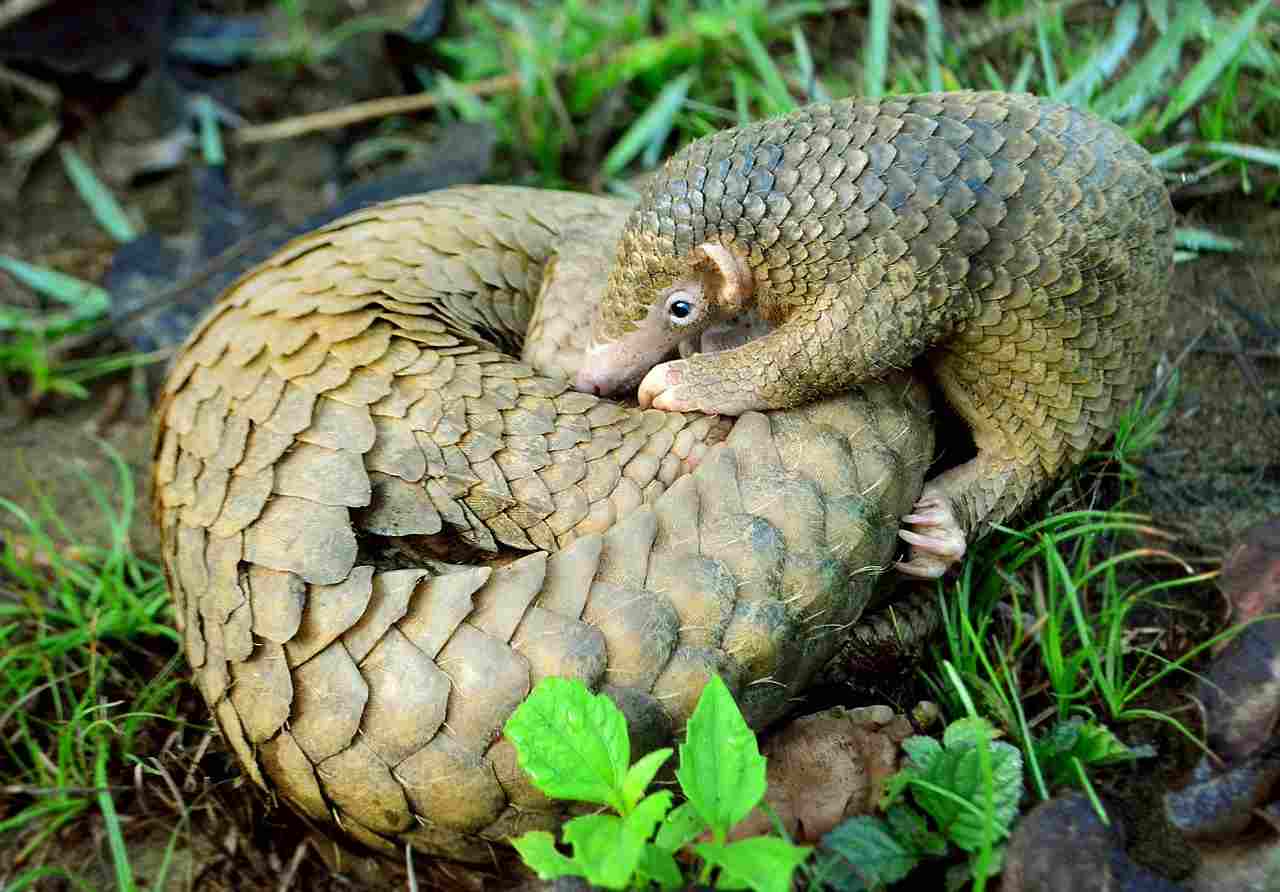
Pangolin:
Ability to roll into a tight, armored ball, presenting a challenging barrier to predators.
Anteater:
Thick, tough skin provides some protection; can stand on hind legs to appear larger.
Comparison: Pangolins rely on a unique defensive strategy of rolling into a ball, while anteaters use their physical stature as a deterrent.
Ecological Implications: These defensive mechanisms influence predator-prey dynamics, helping pangolins and anteaters survive in their respective environments.
8. Speed (Km/hour or Mile/hour):
Pangolin:
Relatively slow-moving; average speed varies but generally not considered fast runners.
Anteater:
Moderately fast, capable of reaching speeds up to 30 miles per hour (48 km/h).
Comparison: Anteaters exhibit higher running speeds compared to pangolins.
Ecological Implications: Speed affects escape responses and hunting efficiency, shaping their interactions with predators and prey in their habitats.
9. Agility:
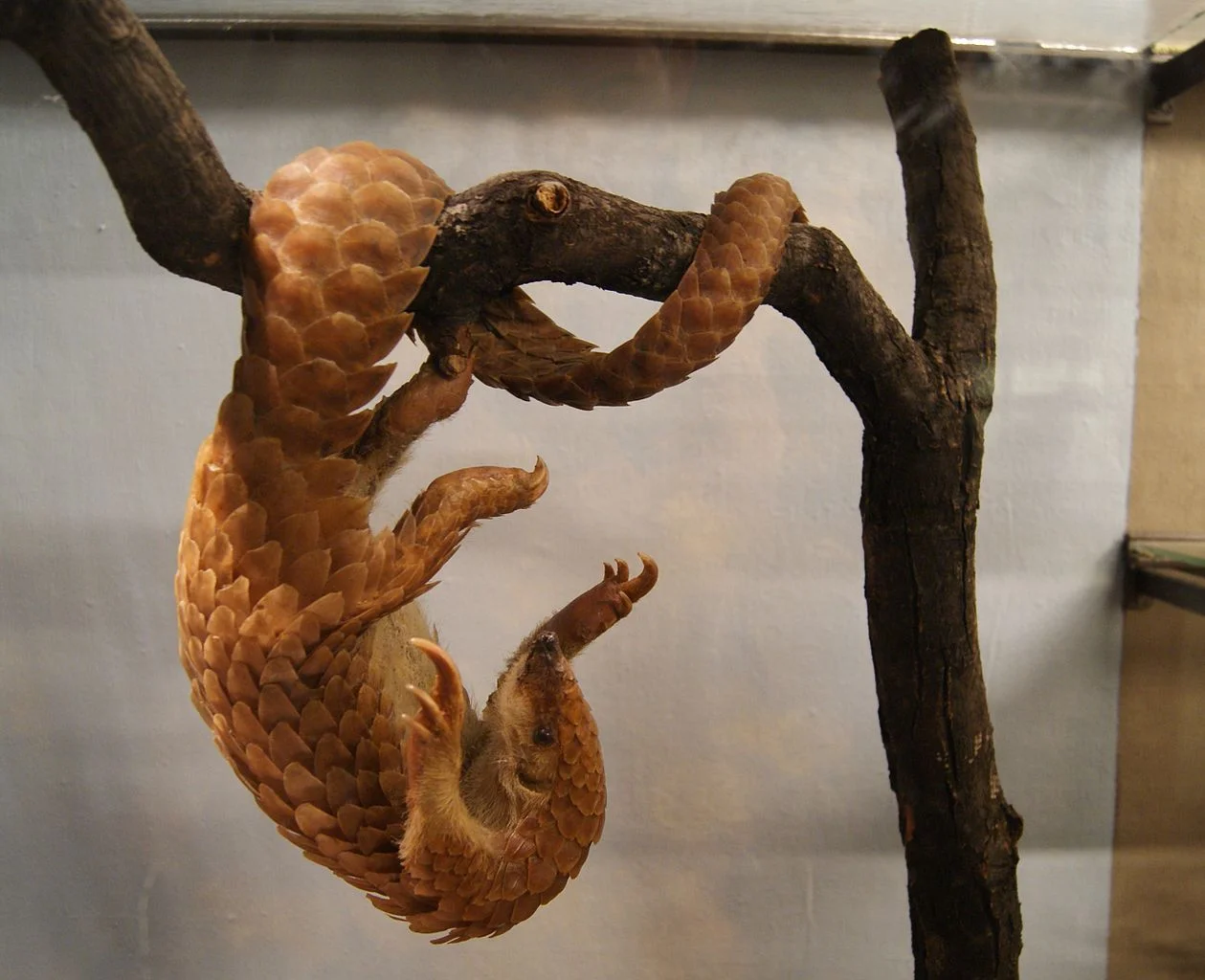
Pangolin:
Agile climbers and swimmers; capable of navigating various terrains.
Anteater:
Agile climbers but may appear somewhat cumbersome on the ground.
Comparison: Pangolins demonstrate agility both in trees and water, while anteaters excel more in climbing than ground mobility.
Ecological Implications: Agility contributes to their versatility in navigating diverse environments, impacting their foraging strategies and habitat utilization.
10. Senses:
Pangolin:
Limited vision; rely heavily on an acute sense of smell and hearing.
Anteater:
Poor eyesight but possess an excellent sense of smell to locate insect prey.
Comparison: Both pangolins and anteaters rely on heightened olfactory senses for navigating their environments.
Ecological Implications: Their sensory adaptations play a crucial role in detecting predators, finding mates, and locating food sources.
11. Overall Physical Capacity:
Pangolin:
Well-adapted for digging and climbing; can move quickly in water.
Anteater:
Specialized for ground and tree movement; proficient climbers.
Comparison: Pangolins showcase adaptability in various terrains, including water, while anteaters are more specialized in ground and tree navigation.
Ecological Implications: Diverse physical capacities allow them to exploit different ecological niches within their habitats.
12. Habitat Preference(s) and Geographic Region:
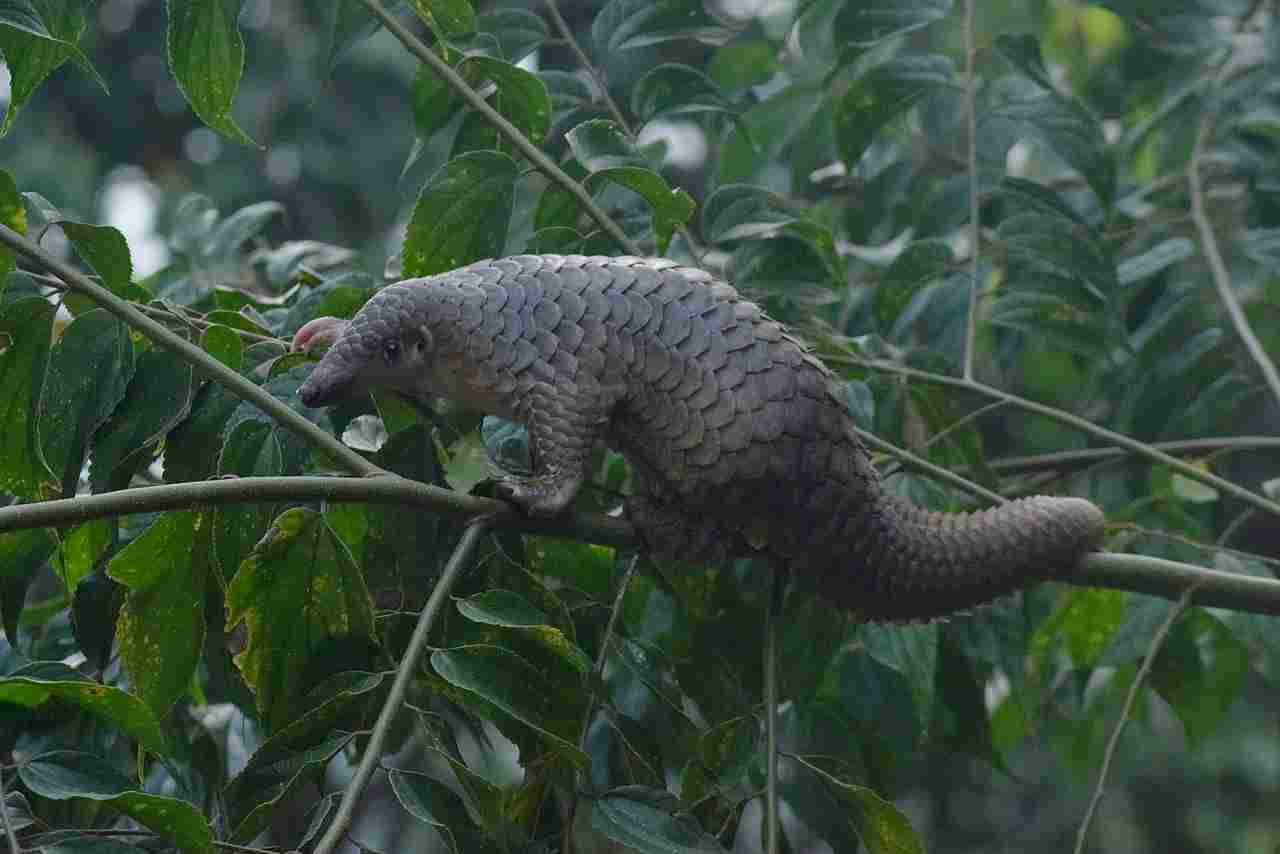
Pangolin:
Found in various habitats, including forests, grasslands, and savannas; distributed across Africa and Asia.
Anteater:
Prefer tropical and subtropical habitats; found in Central and South America.
Comparison: Pangolins and anteaters occupy distinct geographic regions, with pangolins found in Africa and Asia, and anteaters in the Americas.
Ecological Implications: Habitat preferences influence their roles in ecosystems and contribute to regional biodiversity.
13. Tracks:
Pangolin:
Tracks show distinct patterns of overlapping claw marks and tail drags.
Anteater:
Tracks display claw imprints, and tail marks may be visible.
Comparison: Both pangolins and anteaters leave distinctive tracks, reflecting their clawed limbs and tail features.
Ecological Implications: Tracking serves ecological studies, aiding researchers in monitoring population distribution and behavior in their respective habitats.
14. Lifespan:
Pangolin:
Lifespan varies by species, typically ranging from 12 to 20 years in the wild.
Anteater:
Generally live up to 14 years in the wild.
Comparison: Lifespan varies among pangolin species but is generally comparable to anteaters.
Ecological Implications: Lifespan influences reproductive strategies, population dynamics, and the species’ ecological impact over time.
15. Mode of Feeding:
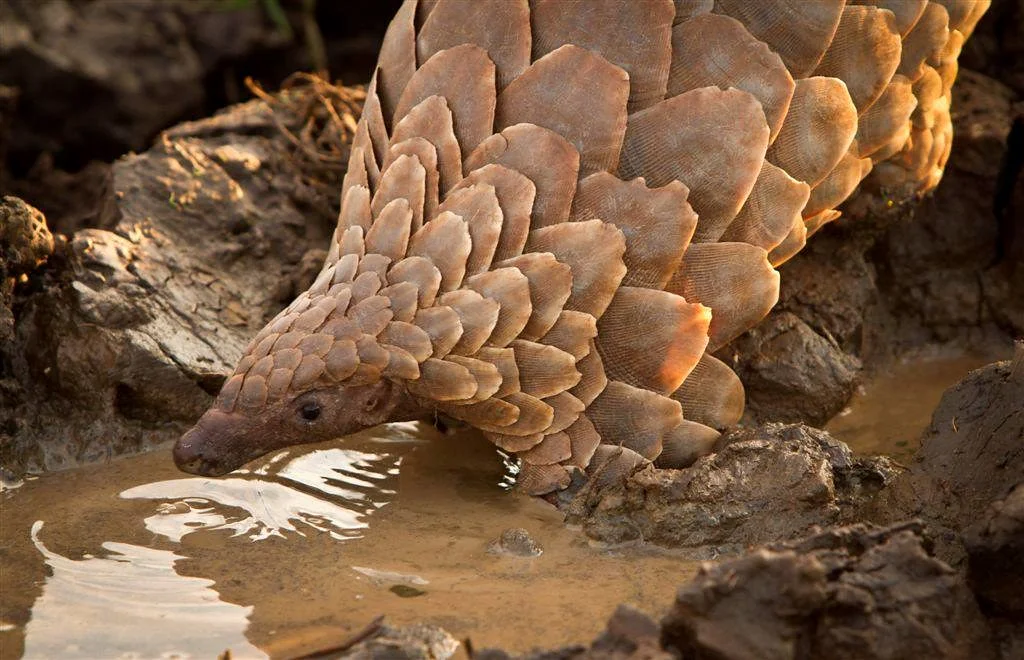
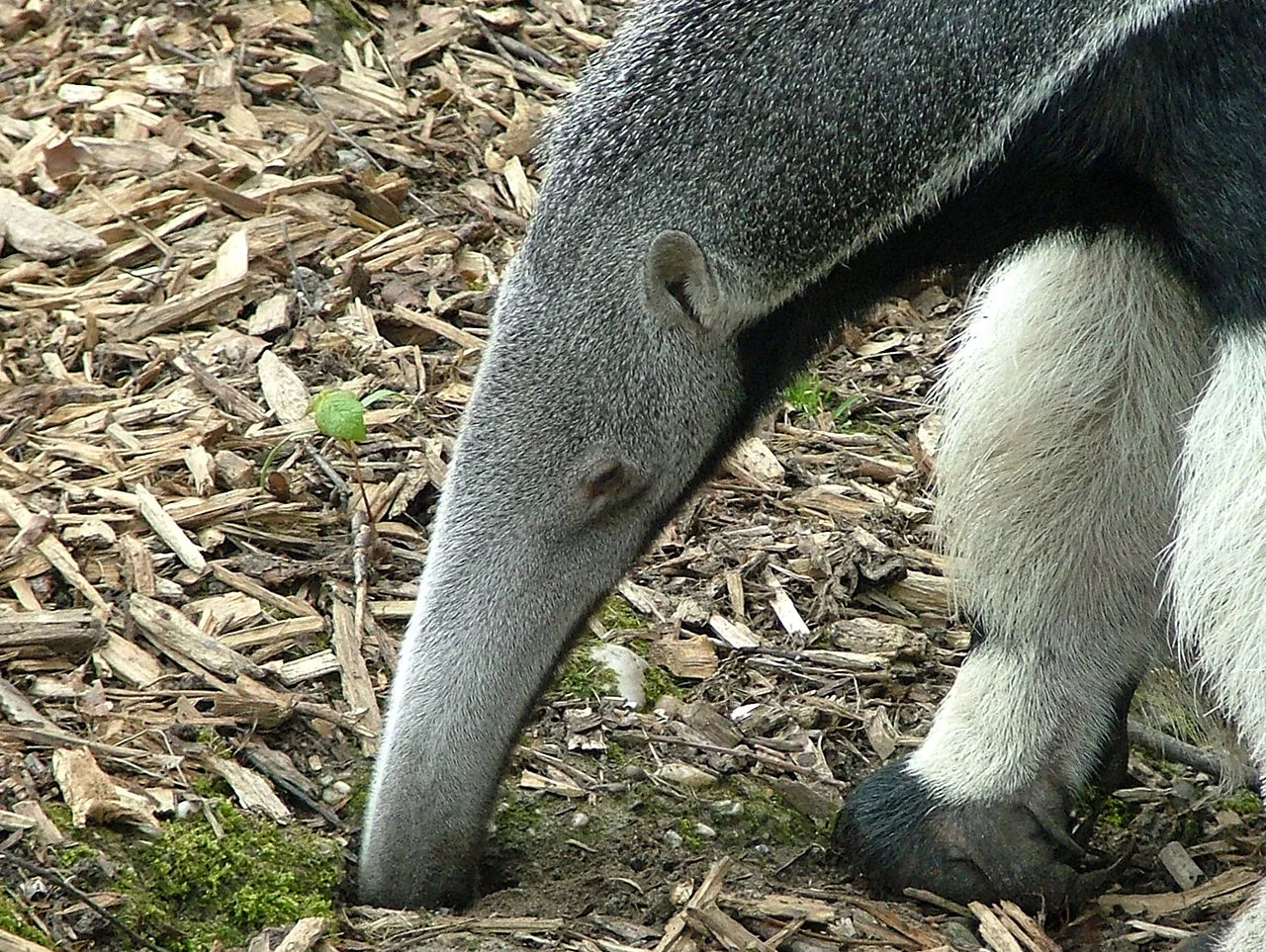
Pangolin:
Insectivorous; primarily feed on ants and termites using their long, sticky tongues.
Anteater:
Specialized for myrmecophagy; use their long tongues to extract ants and termites.
Comparison: Both pangolins and anteaters are insectivores, utilizing specialized adaptations for efficient ant and termite consumption.
Ecological Implications: Their feeding habits play a crucial role in controlling insect populations and shaping the structure of their ecosystems.
16. Intelligence:
Pangolin:
Limited data on cognitive abilities; considered to have basic problem-solving skills.
Anteater:
Display moderate intelligence, capable of learning and adapting to their environment.
Comparison: Anteaters are generally considered more intelligent than pangolins, but comprehensive studies on their cognitive abilities are limited.
Ecological Implications: Intelligence contributes to their ability to navigate and respond to changes in their surroundings, impacting survival and adaptation.
17. Social Behavior:
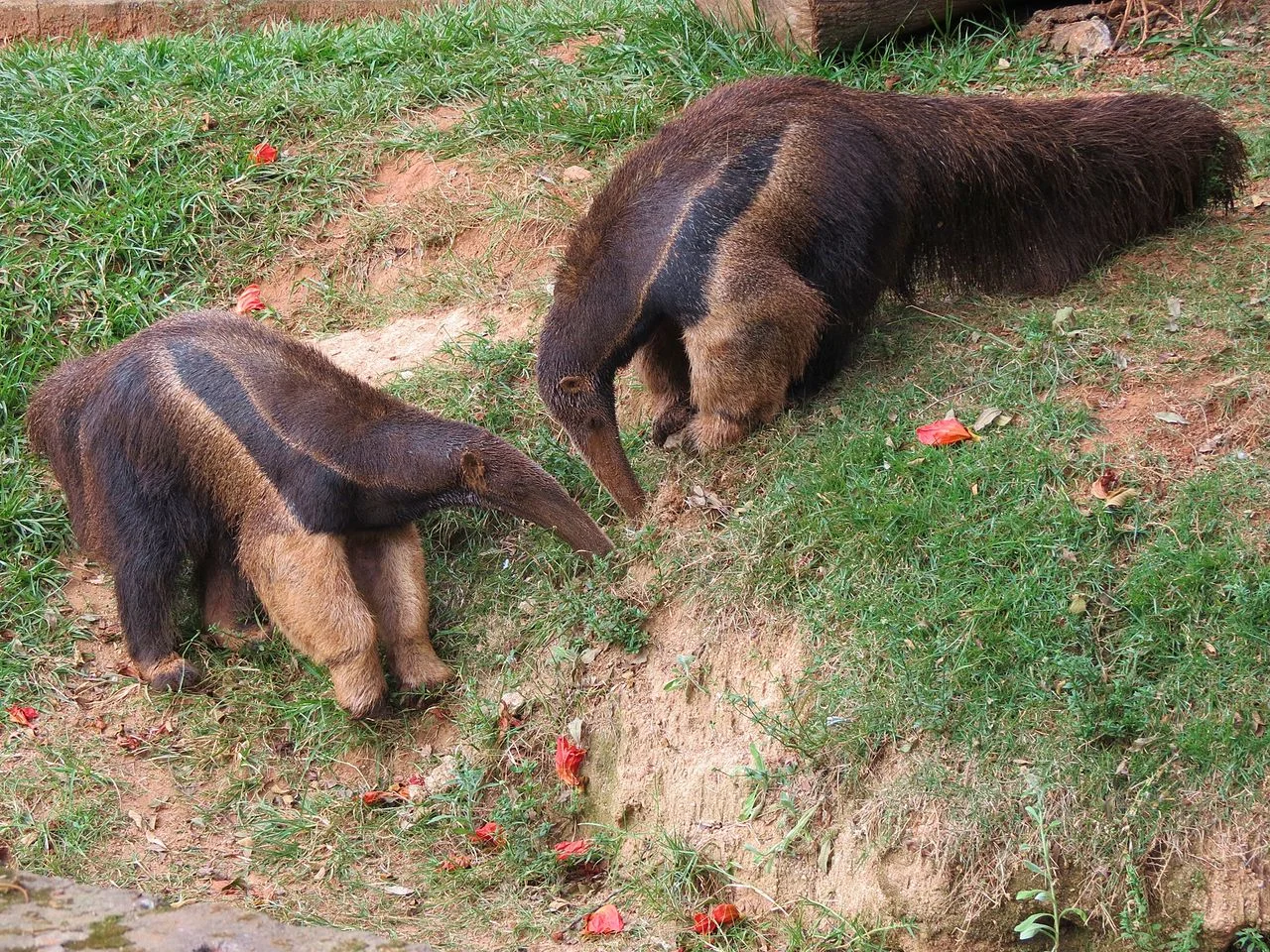
Pangolin:
Generally solitary; limited social interactions except during mating or with offspring.
Anteater:
Primarily solitary, although some species may tolerate limited social interactions.
Comparison: Both pangolins and anteaters exhibit solitary behavior, with minimal social interactions outside of mating and parenting.
Ecological Implications: Solitary behavior influences resource utilization, competition, and reproductive strategies, shaping their roles in their respective ecosystems.
18. Mode of Reproduction:
Pangolin:
Typically solitary breeders; gestation period varies by species and may last several months.
Anteater:
Generally solitary breeders; gestation period lasts about six months.
Comparison: Pangolins and anteaters both follow a solitary breeding pattern with variations in gestation periods.
Ecological Implications: Reproductive strategies influence population dynamics and the species’ ability to adapt to environmental changes.
19. Parental Behavior:
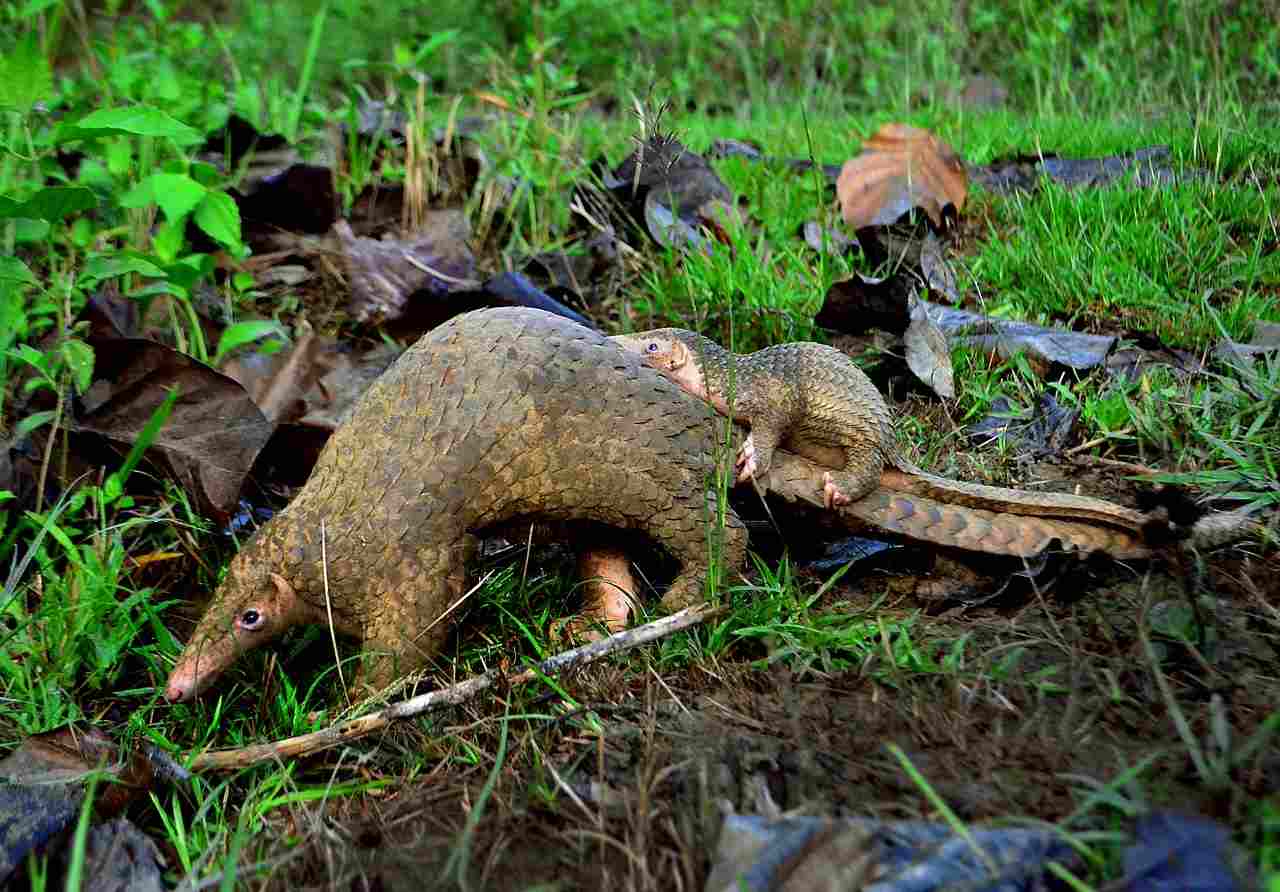
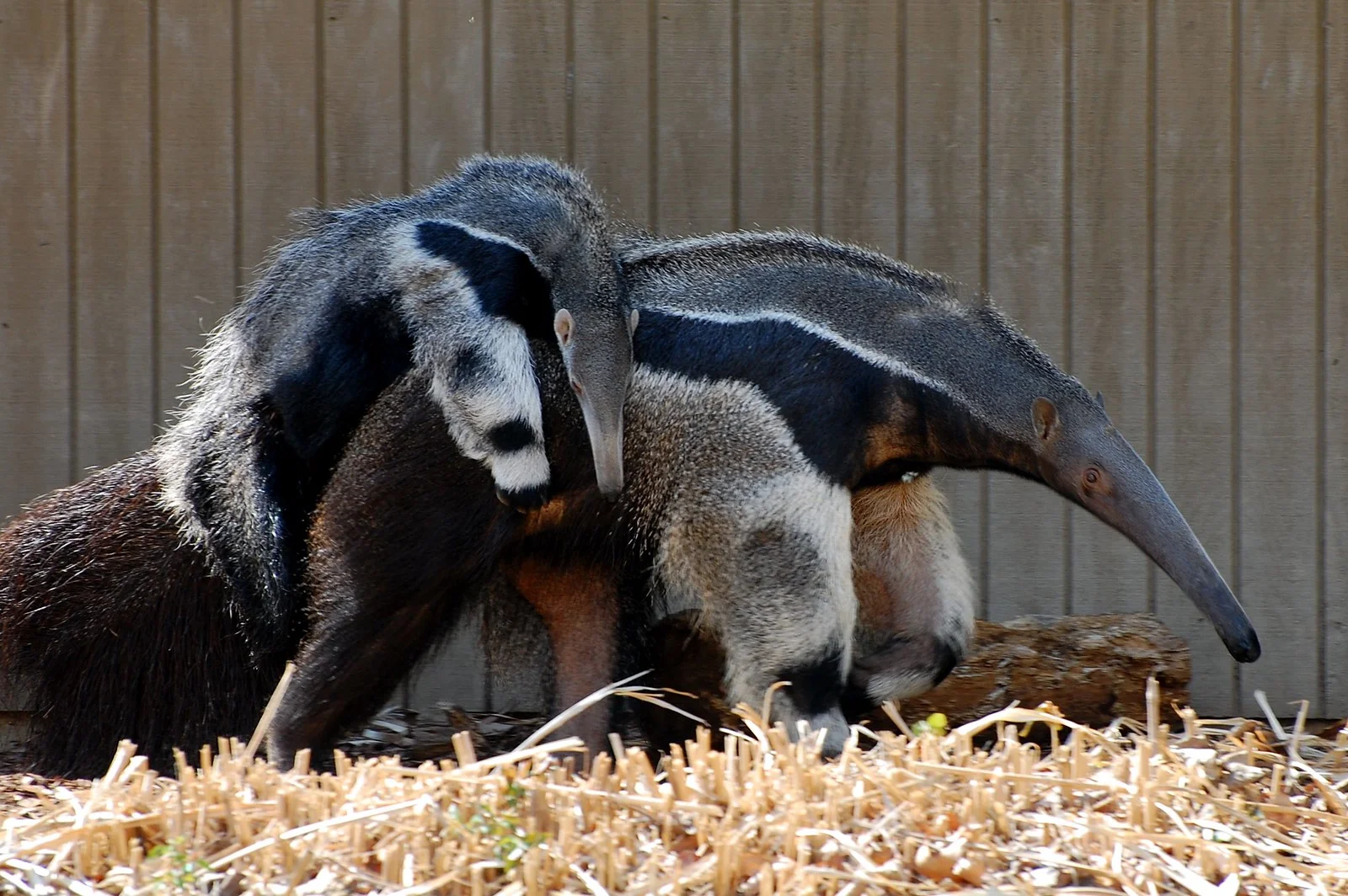
Pangolin:
Limited parental care; mother cares for the offspring until they can fend for themselves.
Anteater:
Female cares for the young; offspring often ride on the mother’s back.
Comparison: While both species exhibit limited parental care, anteaters display a more visibly protective behavior with offspring riding on the mother’s back.
Ecological Implications: Parental behavior impacts offspring survival rates and contributes to the overall population dynamics in their habitats.
20. Proximity to Human-Inhabited Areas:
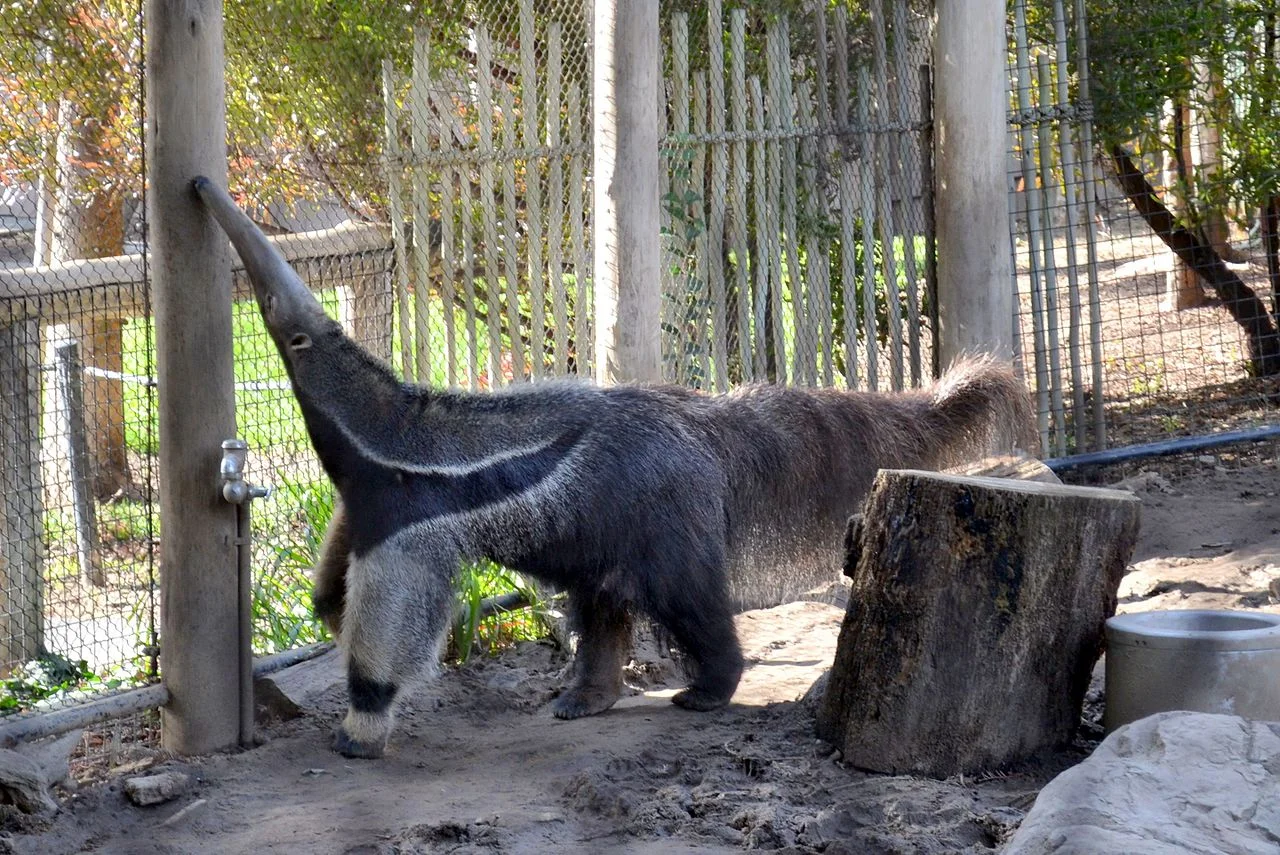
Pangolin:
May inhabit areas close to human settlements; vulnerable to habitat destruction and poaching.
Anteater:
Occasional proximity to human-inhabited areas, especially in fragmented landscapes.
Comparison: Both pangolins and anteaters may be found in proximity to human settlements, increasing the risk of human-wildlife conflicts.
Ecological Implications: Human encroachment affects their habitats and exposes them to threats such as habitat loss, pollution, and direct human interactions.
21. Behavior Toward Humans:
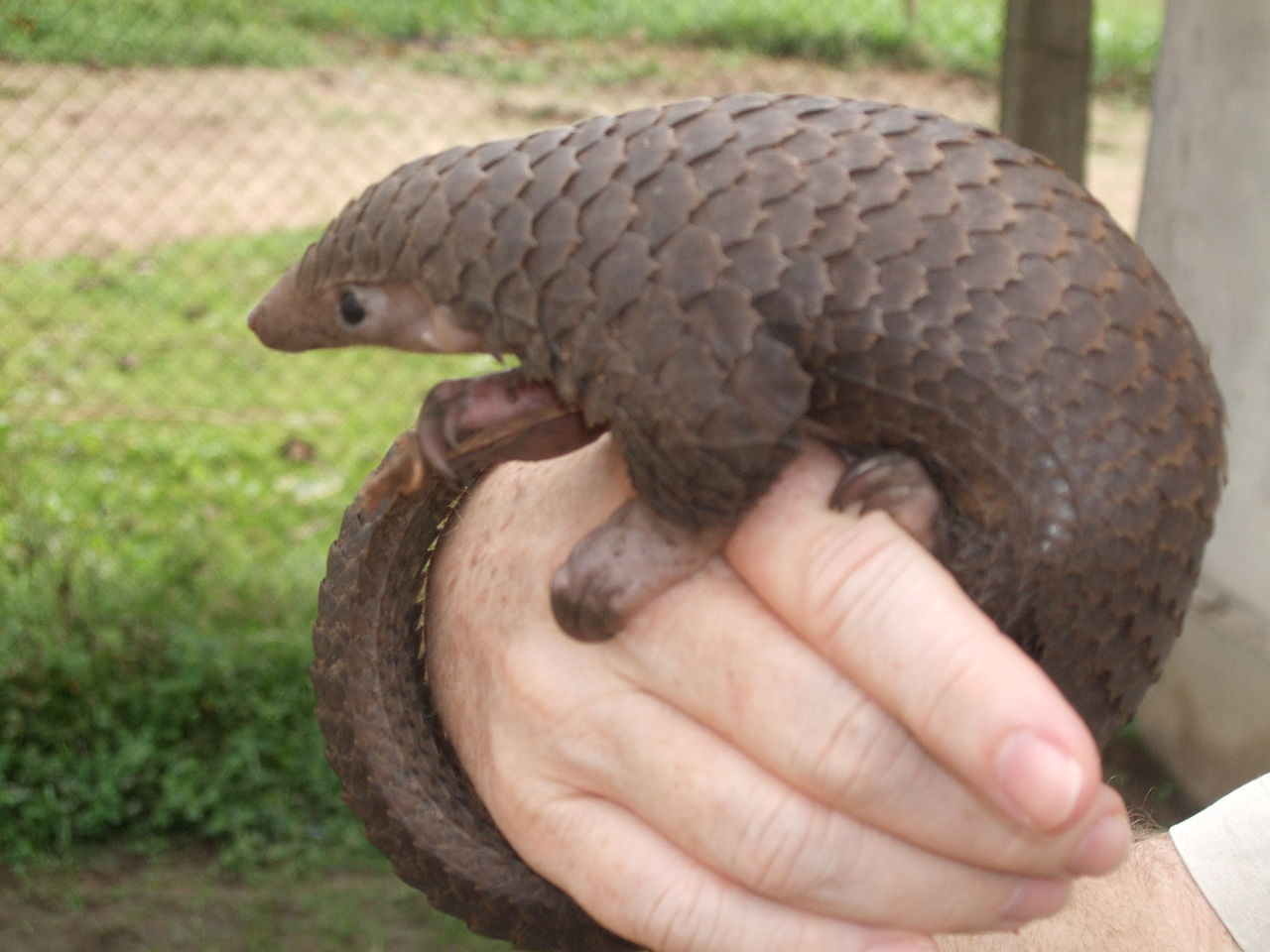
Pangolin:
Generally shy and elusive, may roll into a defensive ball when threatened.
Anteater:
Typically avoidant of humans; may display defensive behavior if cornered.
Comparison: Both species tend to be cautious and may exhibit defensive behaviors when encountering humans.
Ecological Implications: Their behavior toward humans influences conservation efforts and the potential for human-wildlife conflicts, affecting both species’ survival.
22. Danger Posed to Humans:
Pangolin:
Generally non-aggressive; pose minimal danger to humans.
Anteater:
Rarely aggressive, but can pose a threat if cornered or provoked.
Comparison: While both are usually non-aggressive, anteaters might pose a slightly higher threat if provoked.
Ecological Implications: Understanding potential threats contributes to human safety and the development of conservation strategies.
23. Associated Precautions:
Pangolin:
Handling with care is advised due to potential stress and risk of injury.
Anteater:
Caution is recommended, especially if encountering them in the wild, to avoid stress or defensive reactions.
Comparison: Precautions involve handling both species with care to mitigate stress and reduce the risk of defensive responses.
Ecological Implications: Responsible interactions with these species contribute to conservation efforts and public awareness.
24. Conservation Status:
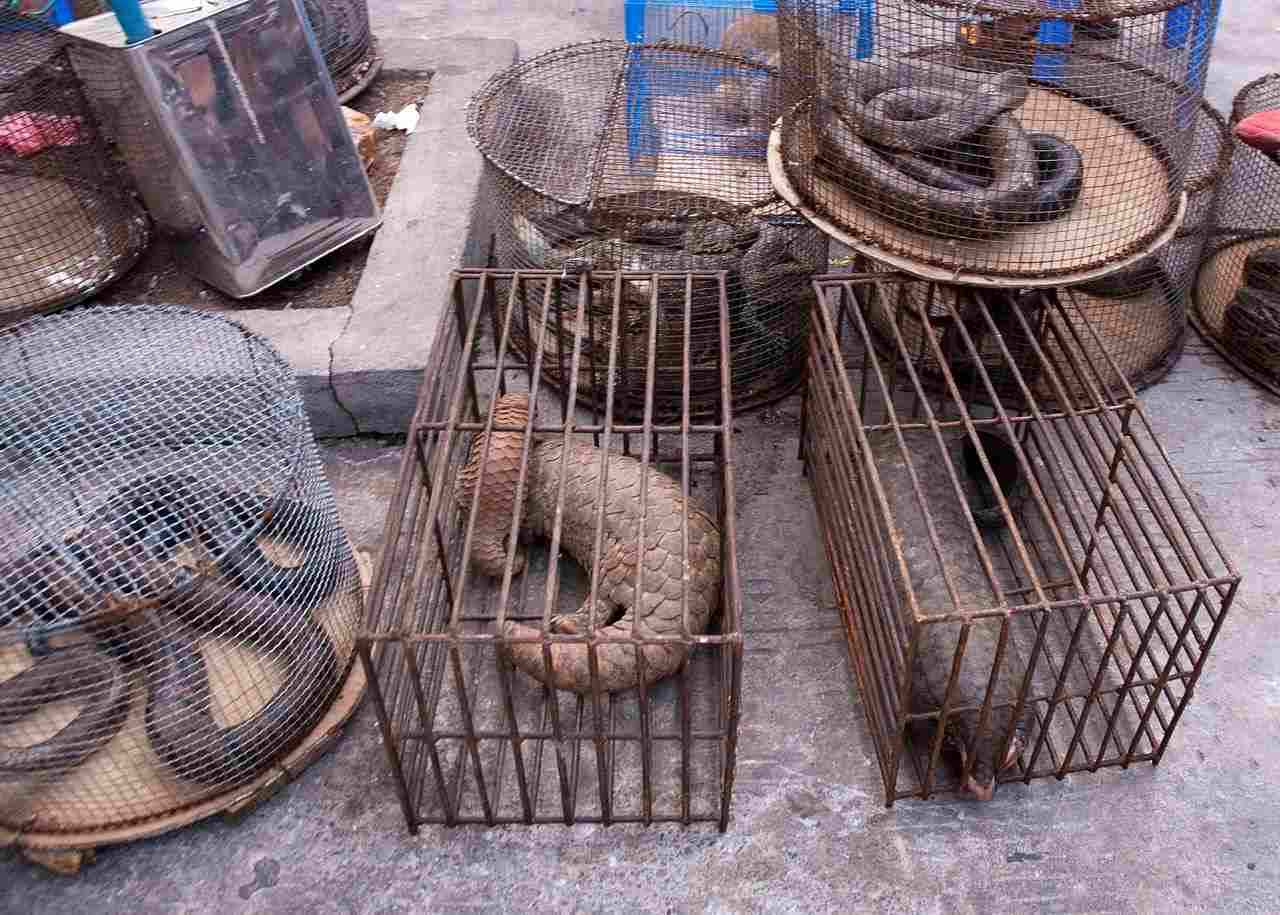
Pangolin:
Most species are listed as endangered or critically endangered due to poaching and habitat loss.
Anteater:
Various species have different conservation statuses, with some classified as least concern, while others face threats.
Comparison: Pangolins, in general, face higher conservation threats compared to anteaters.
Ecological Implications: Conservation efforts are crucial to preserving biodiversity and maintaining the ecological balance in their respective habitats.
*Summary of Comparison
Taxonomy:
Pangolin: Order Pholidota, Family Manidae, Genus Manis
Anteater: Order Pilosa, Suborder Vermilingua, Family Myrmecophagidae
Appearance:
Pangolin: Covered in overlapping keratinous scales, long and slender body.
Anteater: Elongated snout, bushy tail, hairless body.
Size:
Pangolin: Varies (30 to 100 cm).
Anteater: Giant anteaters can reach 1.8 to 2.2 meters.
Weight:
Pangolin: 1 to 30 kg.
Anteater: Giant anteaters weigh 27 to 41 kg.
Dentition:
Both lack teeth, relying on specialized adaptations for feeding.
Physical Offensive Advantages:
Pangolin and anteater both have powerful claws for digging into insect habitats.
Physical Defensive Advantages:
Pangolin rolls into a tight, armored ball; anteater relies on tough skin.
Speed:
Pangolin is relatively slow; anteater can reach up to 30 mph.
Agility:
Pangolin is agile in climbing and swimming; anteater is agile climbers.
Senses:
Both rely on a keen sense of smell for navigation.
Overall Physical Capacity:
Pangolin is adaptable to various terrains; anteater is specialized for ground and tree movement.
Habitat Preference and Geographic Region:
Pangolin is found in Africa and Asia; anteater in Central and South America.
Tracks:
Distinctive tracks for both, reflecting their clawed limbs and tail features.
Lifespan:
Varies but generally comparable (12 to 20 years in the wild).
Mode of Feeding:
Both are insectivores with specialized adaptations for ant and termite consumption.
Intelligence:
Anteater is considered more intelligent, but comprehensive studies are limited.
Social Behavior:
Both are generally solitary, with limited social interactions.
Mode of Reproduction:
Both are solitary breeders with variations in gestation periods.
Parental Behavior:
Limited parental care for both, with some protective behaviors.
Proximity to Human-Inhabited Areas:
Both may inhabit areas close to human settlements.
Behavior Toward Humans:
Generally shy and cautious, may exhibit defensive behaviors.
Danger Posed to Humans:
Generally non-aggressive, with anteaters potentially posing a slightly higher threat if provoked.
Associated Precautions:
Handling both with care to avoid stress and defensive responses.
Conservation Status:
Pangolins generally face higher conservation threats compared to anteaters.
Conclusion
-Similarities:
Both pangolins and anteaters are insectivores with unique adaptations for feeding on ants and termites.
-Differences:
Pangolins are covered in protective scales and exhibit defensive rolling behavior, while anteaters possess a distinctive snout and tongue for extracting insects. Their ecological roles, behaviors, and conservation statuses vary, emphasizing the importance of tailored conservation strategies for each species.
